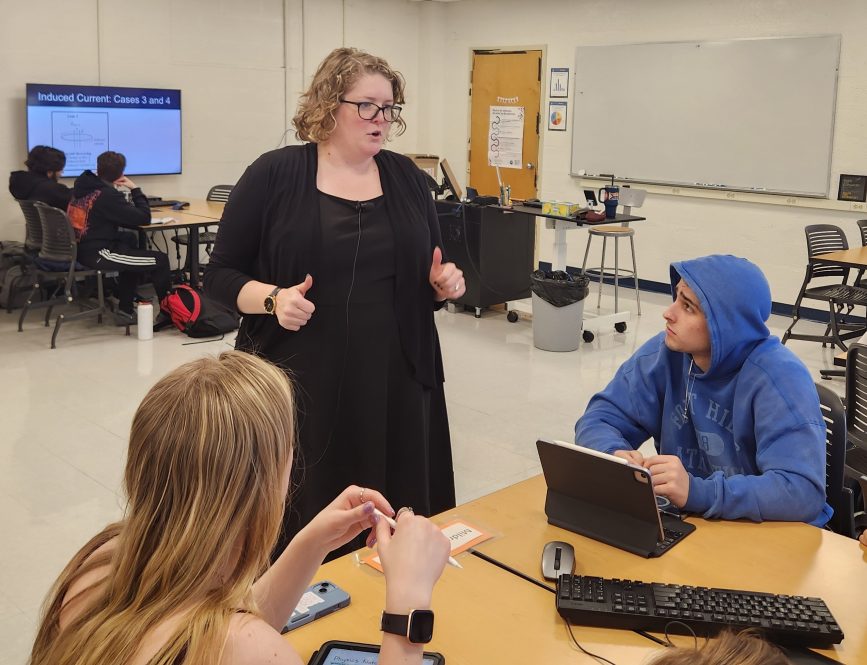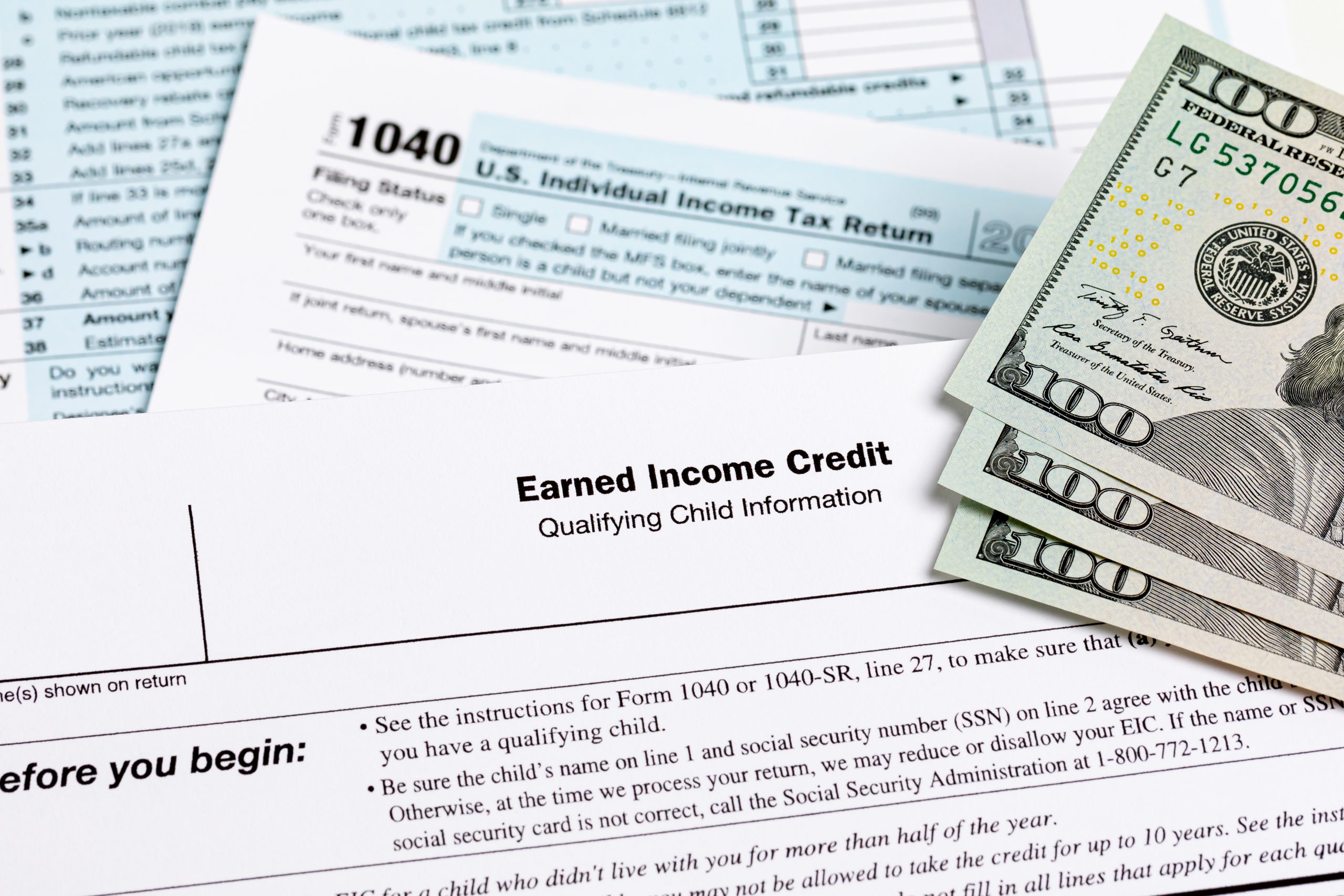There are multiple entry points in higher education for individuals pursuing a career in physics, beginning with the transition into graduate school and continuing in doctoral and post-doctoral programs. In each of these stages, people with disabilities are underrepresented, and continue to experience marginalization and barriers to accessing physics careers.
A team of researchers looking at how two factors – academic ableism and disability identity – contribute to barriers or help reduce them. Erin Scanlon, a physics assistant professor-in-residence, is the UConn-PI on the three-year project. The team is seeking to identify solutions and increase the representation among disabled scholars in the field of physics.
The National Science Foundation is funding the study through a $1.3 million grant. Scanlon is conducting the study with Allison Lombardi, Carlyn Mueller, and Graham Rifenbark, all faculty at the department of Rehabilitation Psychology and Special Education at the University of Wisconsin, and Emily Tarconish, an assistant professor of Special Education at the University of Illinois.
“There has not been a lot of work done in this space,” says Scanlon. “I think this research will help this career be more accessible and inclusive.”
Lombardi, who was an associate professor at UConn for 14 years before joining the Wisconsin faculty, initiated the collaboration, tapping researchers not only interested in the topic, but who may have experienced the barriers the study examines in their own academic journeys. Four of the five researchers working on the study have an identified disability, including Scanlon, who has chronic migraines, depression, and anxiety.
“I’m hoping we’ll hear about lifelong experiences like mine and learn about what’s working and not working to make things work better in the future,” Scanlon says.
The three strands of the project – titled Disability in STEM: Measuring Ableism Not in Teaching, and Learning Environments, or DisMANTLE – will be overseen by the respective institutions of the project team. Scanlon’s role will be to assess perceptions about disabilities among practicing physicists, who will be asked about their knowledge of disability diagnosis, and their attitudes and beliefs about the viability of a career in physics for people with disabilities.
Within the survey, there will be questions about specific categories of disabilities, such as deafness or autism, to determine practitioners’ thoughts on what career in physics might be viable for a scholar with that disability. The answers will help center the narrative about disabilities in academia, says Scanlon.
For their part, Lombardi, Mueller, and Graham will focus on the higher education experiences of disabled scholars pursuing a career in physics. Their research will build on a pilot study conducted by the Lombardi, Tarconish, and Scanlon and published in the Bulletin of the American Physical Society in 2024. That study looked at the lifelong experiences of about 20 graduate students and faculty engaged in physics.
Tarconish, who overcame a traumatic brain injury at 15 to pursue her career in academia, will survey graduate students in engineering from a more holistic standpoint that considers each students experiences in academia as well as their individual disabilities.
The DisMANTLE study will be significantly bigger than the pilot study, says Scanlon, who will tap the membership of the American Physical Society, the American Association of Physics Teachers, and possibly the American Institute of Physics, to recruit the hundreds of participants needed for her survey.
In addition to the adding to the scant literature about disability in postsecondary physics, the project aims to provide additional supports for disabled scholars by shifting from a traditional disability services model, where the focus is on diagnosis and coursework accommodation, toward one that puts the identity of the student first instead of his or her disability.
While 19.4% of undergraduate students identify with disabilities, only 12% of graduate students do. Researchers note that those numbers likely underestimate the actual prevalence of disabled students in higher education.
Students, graduate students, and often university employees must navigate a multitude of pathways – offices of disability services as well as human resources and employee services – to access reasonable accommodation. Supports can both confuse graduate students and dissuade them from accessing the resources they need. Further, because offices of disability services primarily serve undergraduate students, the types of services they offer may not be the ones needed by graduate students, such as manuscript preparation, course development, or developing conference presentations.
Disability is an often overlooked facet of diversity. And with people with disabilities making up just 3% of the STEM workforce, and 11% of science and engineering doctoral programs, the need for improvement is great.
“We are really trying to combat ableism in the academy and physical science community in higher education,” says Scanlon. “The physical science community has not always been supportive. We’re trying to understand the experiences of disabled people, so we can create opportunities for the disabled and so physicists can be aware and be anti-ableist in their own practice. We want to make sure that anyone who can do science is able to do science.”



